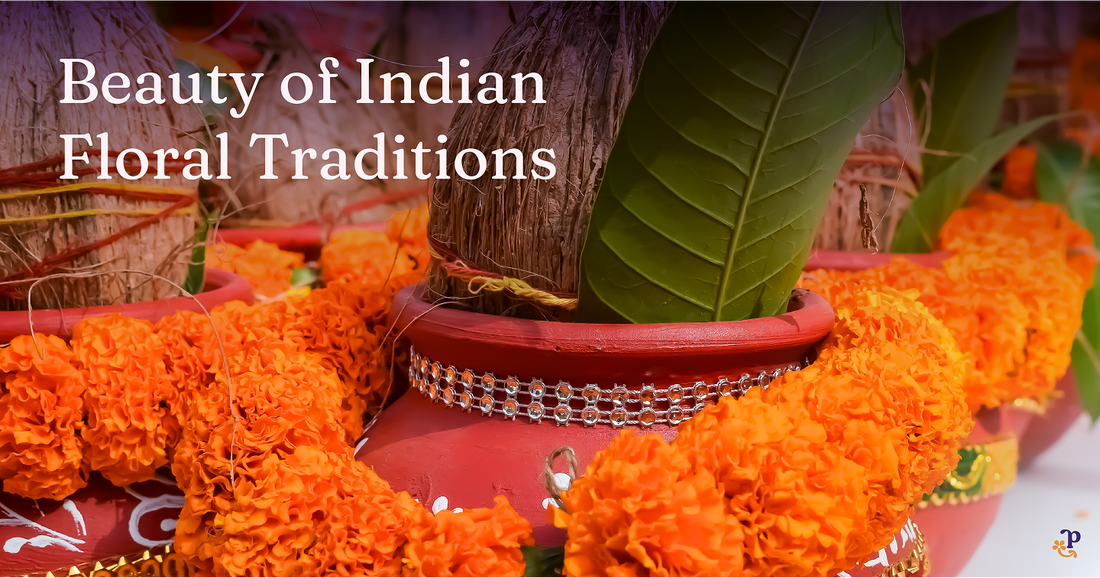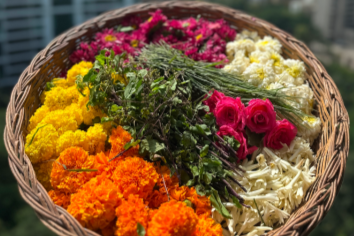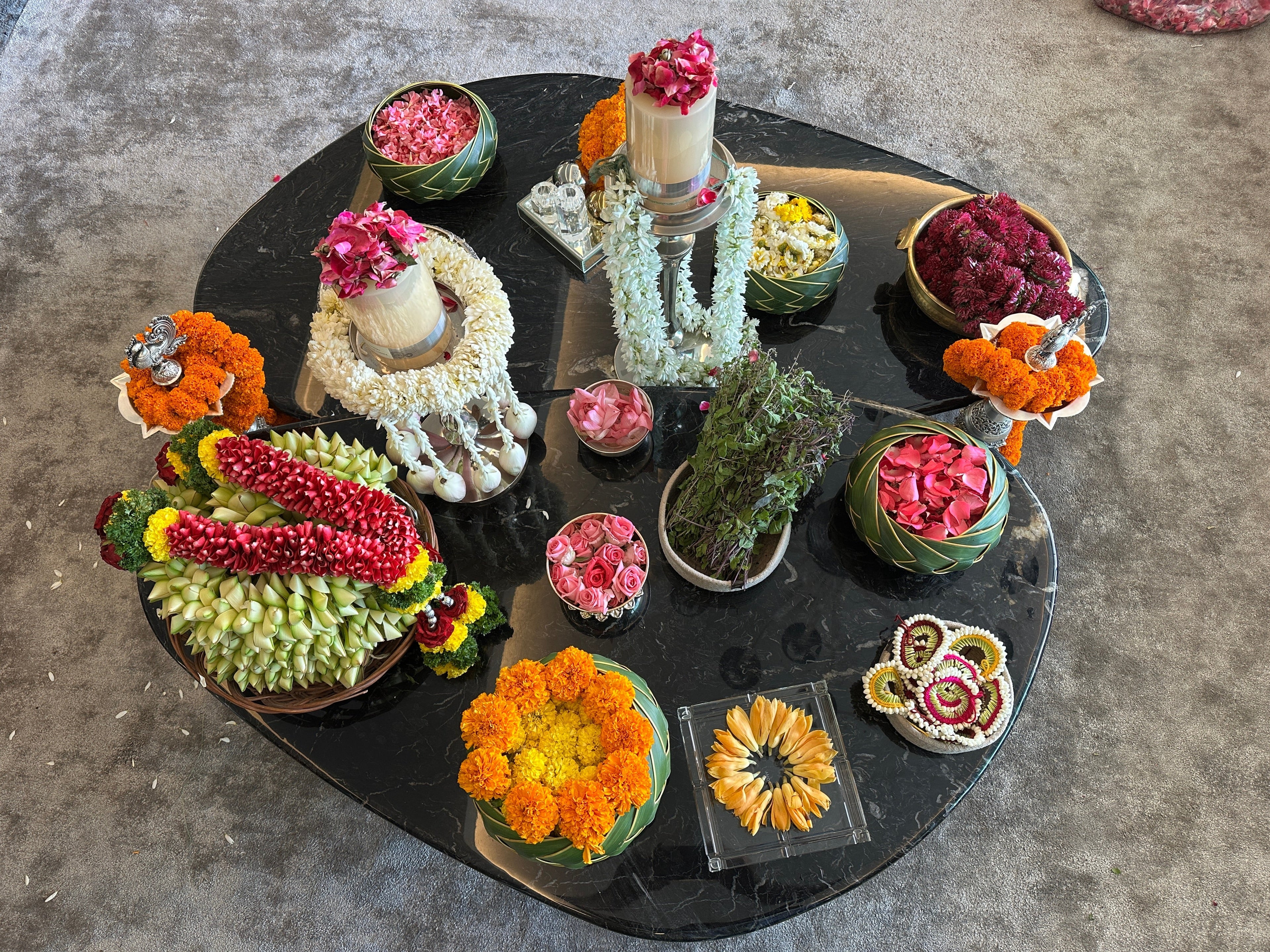
Before the advent of technology, we can all recall a memory of our family members elegantly wrapping together daily garlands of flowers. With the changing times and now as an adult, having freshly cut flowers delivered to our home, we've come to understand how beautifully our traditions have transformed. The shift from flowers being grown and sold in markets to being delivered depicts a fascinating story of pre-modern Indian culture and modern-day Indian society.
The Chola empire marks one of the wealthier periods in Indian history. From the bumper harvests attained came elaborate decorations in the temples and featured flowers in the ivory garlands of the 'Chola' dynasty. These later practices only mark a small fraction of how Indian floral traditions developed over 5000 years, with Vedic garlands marking the journey's beginning. Even though it may seem that local flower shops in the modern day are in stark contrast to flower markets of ancient times, a more significant fact remains that each parallels one another.
A Living Heritage of Temples
Temples have preserved our floral customs the most. Those elaborate designs at your local florist shop often come from ancient temple crafts. In South India, creating melodies using flowers, known as Pushpa sangeetham, still influences contemporary designs. By visiting temples today, you observe customs that have not changed for hundreds of years.
From Street Selling to Online Buying
Do you recall when the search for fresh pooja flowers required visiting the flower market before sunrise? Transformation to pooja flower subscription services represents significant advances in observing these customs. My grandmother would be shocked to see how her great-granddaughter orders cut flowers through an app yet uses the same careful selection process I learned from her.

Changing Traditions
Modern life has forced changes in how we procure and use flowers. Traditional malas (garlands) have transformed – temples still use hand-stringed garlands, while most households prefer easier forms of these garlands that serve the same sacred purpose. When you order flowers for delivery, you are part of this lovely change of tradition.
Innovation for Preservation
Our floral traditions are as sacred to us today as they were in the past. The difference is that modern innovations have helped preserve them. The experience of shopping for flowers involves:
- Growing traditional types of floral gifts in a sustainable manner
- Utilizing modern scientific instruments to improve ancient methods of preserving flowers
- Flowers being sold in standard arrangements fit for contemporary houses
- Delivering flowers in a standard way that demolishes time barriers of sacred rituals
Community Connections
Phulwaa does more than selling fresh flowers— it builds communities. Flower markets were once social centres where people gathered to exchange ideas and information. Nowadays, a combination of digital platforms and local flower shops fulfil the same function of educating people on traditional practices.
Looking forward while honoring the past.
Being able to send flowers to a person with just a few clicks is more than just convenience; it is a true sign of how cultures adapt with time. Technology has not removed the personal touch; instead, it has been enhanced by how these sacred practices can be maintained in our busy lives.
The future of Indian floral traditions has a lot of promise as it combines modern-day conveniences with ancient knowledge. As we continue to evolve, one thing remains constant: the connection between flowers, faith, and daily life, which has defined Indian culture for the last thousand years.

